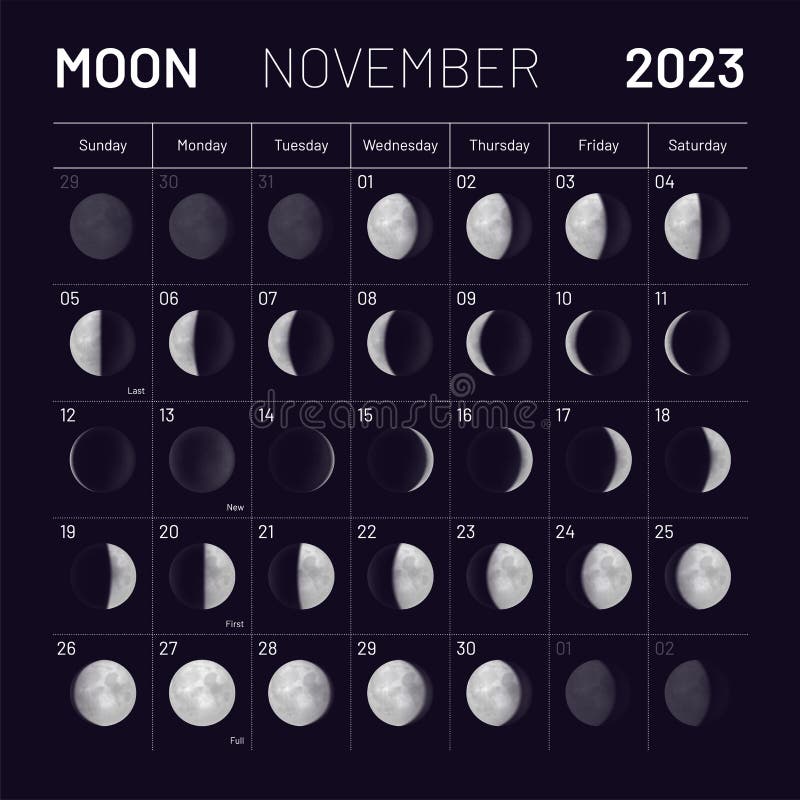

However, I believe that having all images together at once and alternating opacity values may be cleaner and remove the need for the setTimeout() call. I attempted this by having only two images on the page at a time, stacked on top of each other. In order to use it, simply change the interval time and image list, as necessary. I could not find any way to replicate this using background-image, but I believe this replicates the behavior you are looking forward to. SetInterval(changeBackground,5000) // Change to the number of milliseconds desired between frame changesĬ = document.getElementById('bgContainer') īg2.onload = setTimeout(changeOpacity,100) // For some reason, updating the opacity does not work immediately after inserting the elementīgNum %= images.length // Reset image counter The result is a classic (if somewhat kitschy) wolf-on-moon combo.// These are just placeholder images, replace the URLs with anything you desire.

Note that while the images are the same size, they are of different types, one jpg and one png.
Crossfad background image cycler code#
Now we’ll write the code to cross-fade them (directly on the for simplicity). Then let’s choose a bold wolf silhouette for an overlay. Here, then, is a more practical (and attractive) example. I didn’t say it was pretty, just that it was possible! A final example Four score and seven years ago our fathers brought forth upon this continent a new nation. Consider the following code and its result. Nor is the cross-fade effect limited to empty elements. cfade class is not restricted to s we can apply it to any page element and achieve the same effect. It should be noted that, once defined, our. Here, we use an independent selector to define a class with the appropriate size and the appropriate cross-faded background image, and then simply use the class later in the document.cfade It’s far more elegant-and efficient-to abstract the cross-fade function into a single CSS style and then apply it to whatever elements require it. Ĭlearly, that’s a lot of code to put on individual HTML elements, especially if the effect is repeated in the page. (Obviously, a 0% fade effectively yields only the first image, while a 100% fade yields only the second.) Note that the visual results are exactly what you would intuitively expect based on the original colors. Here are the code samples and their results for the same two images, cross-faded first at 25% and then at 75%. The 50% cross-fade renders as an evenly-merged black/white (gray) box with an evenly-merged blue/red (magenta) border. īut that’s kind of boring, so let’s replace the simple background image with a cross-faded image pair. We could, of course, give the a background image. Here are the original images:įirst, let’s set up an empty to contain the images. Thus, cross-fading the two images at different percentages should yield boxes of varying grays with borders of varying magentas. The second, black.png, is a black-filled box with a 5-pixel red border. The first, white.png, is a white-filled box with a 5-pixel blue border. Examplesįor the following examples, we will use two images, each sized at 200px by 200px. The percent value must be coded without quotes, must contain the “%” symbol, and its value must be between 0% and 100%. The syntax is straightforward: cross-fade( ?) The cross-fade() function can be used in CSS anywhere that an ordinary image reference can be used. The percentage may be thought of as a transparency value for the “bottom” image, although technically neither image is really on top of the other, they are merely rendered together. The cross-fade() function takes three parameters: the two images to be combined and the percentage of combination. Part of the “CSS Image Values and Replaced Content Module Level 4” specification introduces this feature into CSS. A straightforward CSS-only solution to image combination would be both easier to understand and simpler to code. That approach is of course not optimal, and requires considerable finesse in the CSS coding as well as some scripting ability.

The effect can be further enhanced by using JavaScript to manipulate the positions and/or the opacity. This effect is generally accomplished by carefully positioning two images in the same space, one on top of the other, and then tweaking their opacity. Crossfading effect in Webkit-derived browsers (Chrome, Sa. The ability to overlay one image with another and see them both in semi-transparency is a fairly common technique in web pages. A repeating sequence of fullscreen background images, pushed all the way to the root element.

The CSS cross-fade() function can be used to blend two images at a defined transparency.


 0 kommentar(er)
0 kommentar(er)
